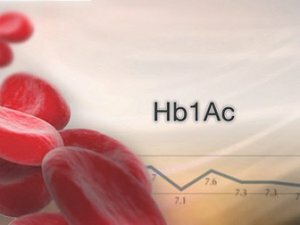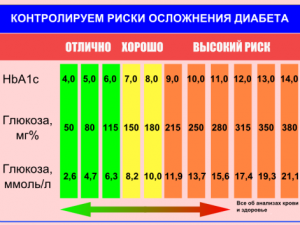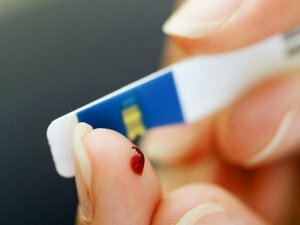Glycolic hemoglobin
 Hemoglobin is a complex protein in the erythrocyte, which consists of two main parts: protein( or globin) and an iron( or heme) compound. It is the atoms of iron that make our blood red. Hemoglobin is involved in the process of transport of carbon dioxide, oxygen between the lungs, as well as between cells of other organs and maintains the pH of the blood. If there is a shortage of hemoglobin in the blood, then the transfer of oxygen by hemoglobin to all organs is difficult. As a result, cells do not receive the required amount of oxygen and, as a rule, metabolism, as well as functions, is disturbed in them. When hemoglobin is added to the glucose protein, a glycated, otherwise glycosylated hemoglobin is formed.
Hemoglobin is a complex protein in the erythrocyte, which consists of two main parts: protein( or globin) and an iron( or heme) compound. It is the atoms of iron that make our blood red. Hemoglobin is involved in the process of transport of carbon dioxide, oxygen between the lungs, as well as between cells of other organs and maintains the pH of the blood. If there is a shortage of hemoglobin in the blood, then the transfer of oxygen by hemoglobin to all organs is difficult. As a result, cells do not receive the required amount of oxygen and, as a rule, metabolism, as well as functions, is disturbed in them. When hemoglobin is added to the glucose protein, a glycated, otherwise glycosylated hemoglobin is formed.
What should be the norm of glycated hemoglobin
Glycated hemoglobin in the body grows with an overabundance in the blood of glucose and occurs with diabetes mellitus.
 According to the recommendations of WHO( World Health Organization), the analysis for glycosylated hemoglobin is the most necessary and effective method for the diagnosis of diabetes mellitus. Patients with diabetes are advised to do a biochemical blood test for glycosylated hemoglobin once a quarter.
According to the recommendations of WHO( World Health Organization), the analysis for glycosylated hemoglobin is the most necessary and effective method for the diagnosis of diabetes mellitus. Patients with diabetes are advised to do a biochemical blood test for glycosylated hemoglobin once a quarter.
The norm of hemoglobin in men is 135-160 g / l, while in women it is 120-140 g / l. In the blood of women, the hemoglobin content is lower than that of men. Hemoglobin in a baby under 1 year is lowered.
The rate of glycated hemoglobin is 4-6.5% of the total blood level of free hemoglobin. And the level of this hemoglobin can not depend on the concentration in the blood of hemoglobin.
Methods for measuring the level of glycated hemoglobin in the blood
 The blood levels of glycated hemoglobin can vary depending on the methods that are used by a different laboratory to measure it. Therefore, in diabetes for screening it is desirable to use the services of one institution to avoid making false conclusions. The fence for analysis on glycosylated blood hemoglobin should preferably be done on an empty stomach. It is inappropriate to conduct such a test after bleeding, blood transfusion.
The blood levels of glycated hemoglobin can vary depending on the methods that are used by a different laboratory to measure it. Therefore, in diabetes for screening it is desirable to use the services of one institution to avoid making false conclusions. The fence for analysis on glycosylated blood hemoglobin should preferably be done on an empty stomach. It is inappropriate to conduct such a test after bleeding, blood transfusion.
The blood test for glycated hemoglobin is an essential stage in the diagnosis of various diseases. However, based on the results of a single blood test for hemoglobin, it is just impossible to make an exact diagnosis, but the determination of hemoglobin will help to identify possible abnormalities in the body's work and indicate the need for additional examination.
It should be noted that any abnormalities in glycosylated hemoglobin, especially if they are significant, is a pathology.



